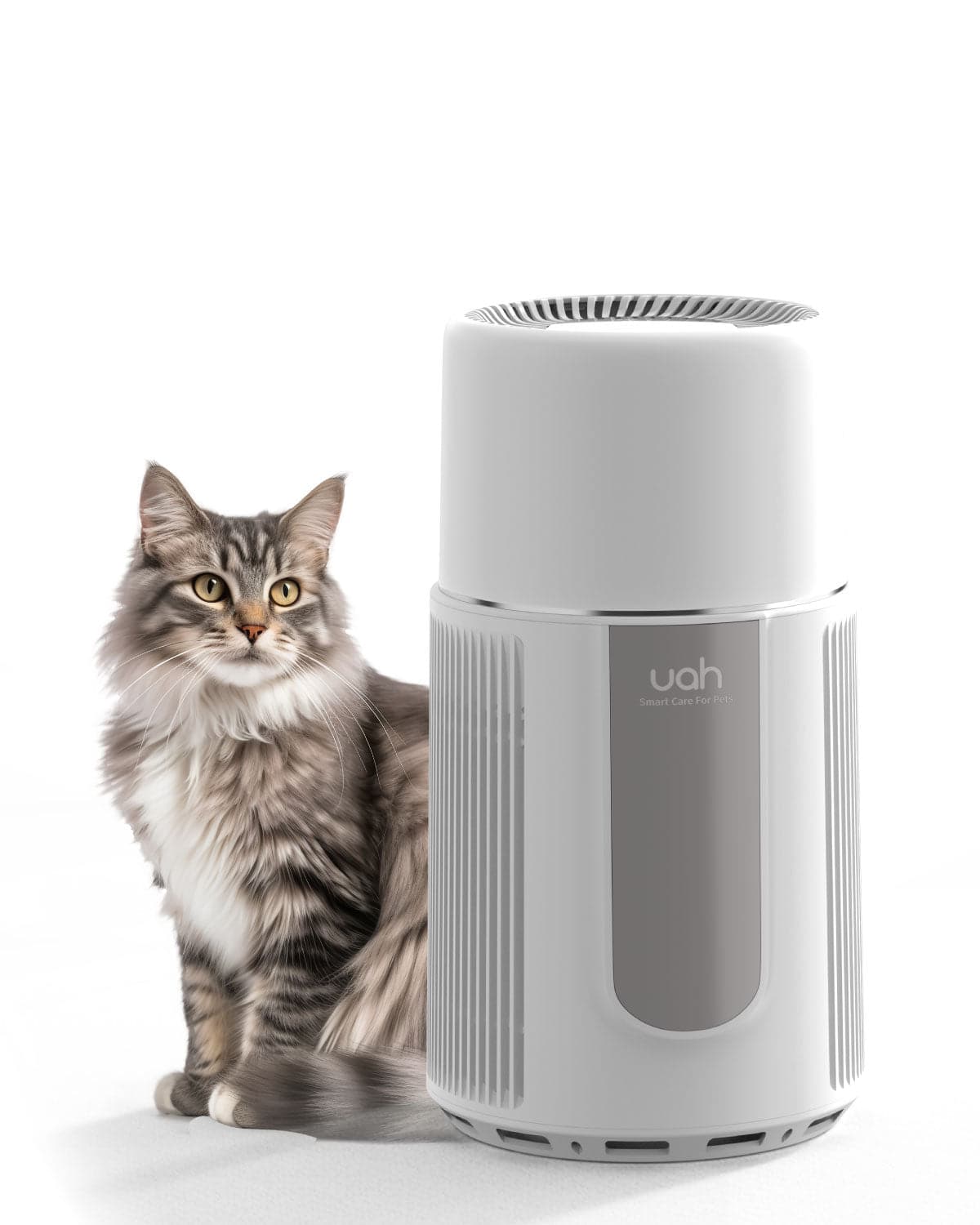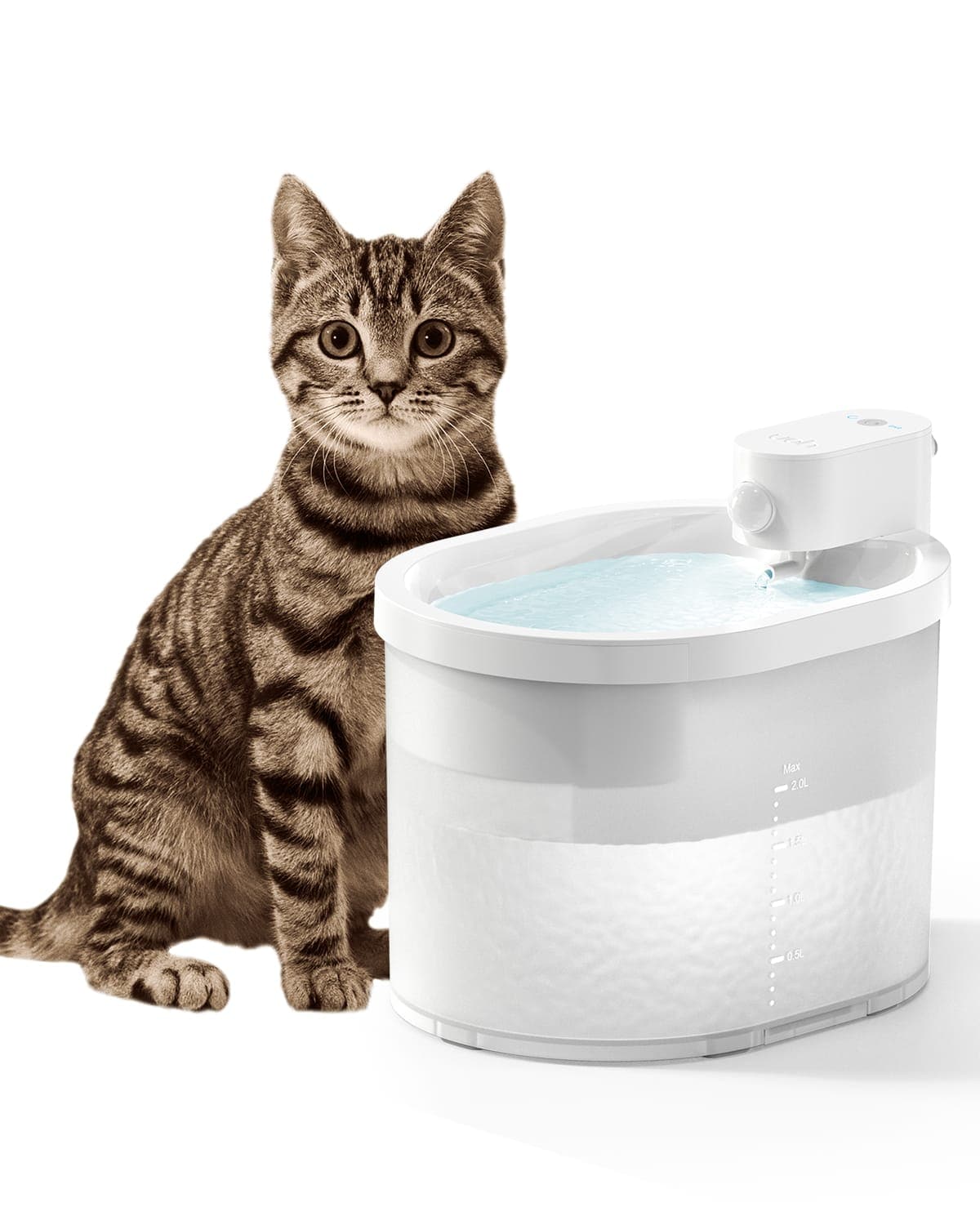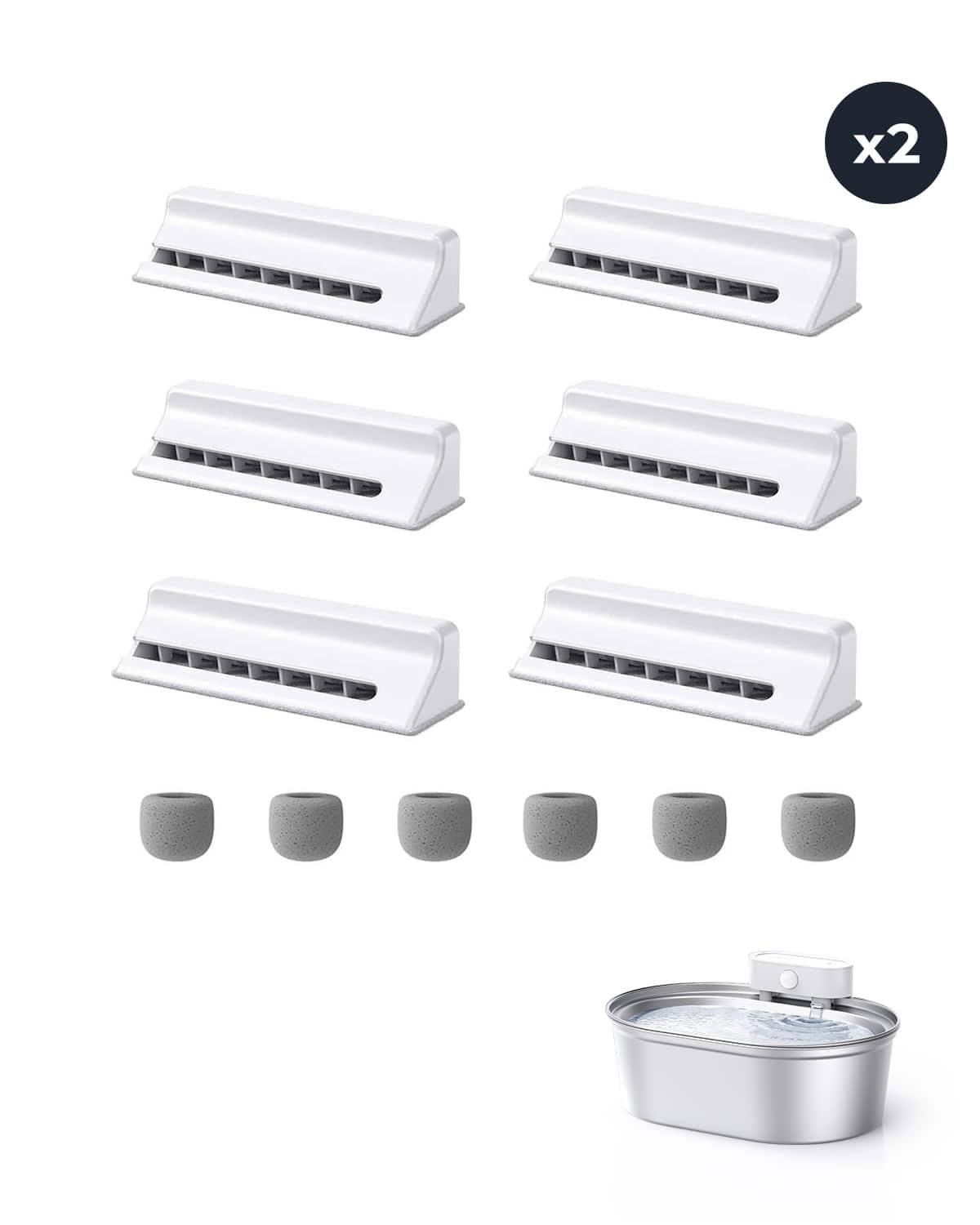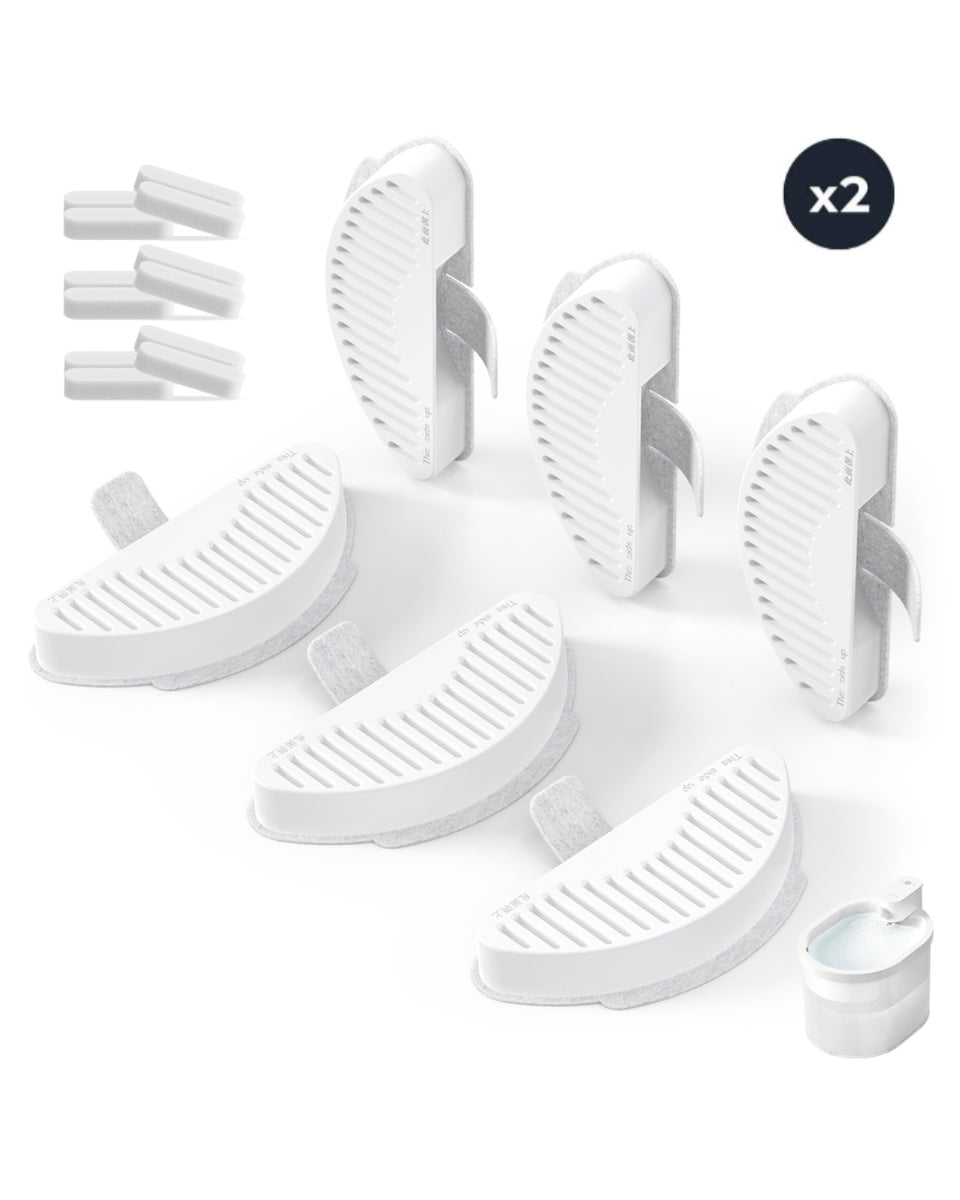The Ultimate Guide to Pet Dander Air Purifiers for Allergies: Breathe Easy at Home
|
|
Time to read 4 min

UAHPET Stainless Steel Self-Cleaning Cat Litter Box

UAHPET 2025 Upgrade Visible Stainless Steel Cat Water Fountain Pro

Uah Pet Air Purifier

Uah Pet ZERO Wireless And Automatic Cat Water Fountain

12 pcs Replacement Filter for Stainless Steel Wireless Pet Water Fountain

12 pcs Uah Pet Replacement Filter for ZERO Cat Water Fountain
|
|
Time to read 4 min
In the quest for a cleaner, healthier home environment, pet owners face a unique challenge. Pets, while beloved members of our families, can contribute to indoor air pollution through dander, fur, and other allergens. This comprehensive guide explores the transformative benefits of pet dander air purifiers in combatting pet allergies, ensuring a fresher living space for all inhabitants.
Air cleansing units excel in intercepting allergens before they can settle upon surfaces within our dwellings. By eradicating pet dander and additional allergens from the ambient air, these devices significantly mitigate one's exposure to such irritants, curtailing the dispersal of allergens across the home.
Amidst the hustle of domestic life, pets, be they felines lounging in their sanctuaries or canines frolicking through living quarters, contribute to the accumulation of fur and dander.
Beyond merely targeting pet-derived allergens, air purifiers adeptly eliminate a spectrum of pollutants including dust particles, mold spores, and lingering odors. The outcome is a markedly purified indoor air milieu, enhancing the quality of the air we inhale and diminishing the prevalence of pollutants.
The detriments of indoor air pollution extend to the realm of nocturnal repose, undermining the quality of sleep and the restorative benefits it bestows. The deployment of an air purifier within one's sleeping quarters empowers individuals to refine their bedroom's environment, lessening the intrusion of airborne pollutants, notably pet allergens.
Air purifiers, especially those equipped with activated carbon filters, are proficient in the absorption of pet odors from the environment, alleviating the distinctive smells associated with pet care. Concurrently, HEPA filters are instrumental in capturing pet hair and dander, forestalling their deposition on surfaces and thereby simplifying cleaning endeavors.
To ensure optimal performance, place your air purifier in areas where your pets spend the most time. Regular maintenance, including filter replacement according to the manufacturer's guidelines, is essential for sustained efficiency.
At the heart of most air purifiers is the High Efficiency Particulate Air (HEPA) filter, designed to capture microscopic particles. HEPA filters are constructed from a complex web of fibers that trap particles through several mechanisms:
To meet the HEPA standard, a filter must capture at least 99.97% of particles that are 0.3 microns in diameter—the size that penetrates most deeply into the lungs.
While HEPA filters target particulate matter, activated carbon filters excel at absorbing gases and odors, including those from pets. Activated carbon, a form of treated carbon with a high surface area, traps odor molecules through adsorption. This chemical process allows the carbon to attract and hold gas and odor molecules, effectively reducing unpleasant smells in the air.
Some air purifiers incorporate UV-C light technology to kill bacteria, viruses, and mold spores. When microorganisms are exposed to UV-C light, it damages their DNA and RNA, rendering them harmless and unable to reproduce. This adds an extra layer of protection against airborne diseases in the home environment.
For optimal performance, air purifiers should be placed in areas with high air circulation and minimal obstructions. This ensures that a maximum amount of air passes through the purifier, allowing for efficient filtration of airborne contaminants.
Investing in a high-quality air purifier is a proactive step towards creating a healthier, more comfortable home environment for pet owners and their families. By effectively removing pet dander and other allergens, air purifiers can alleviate allergy symptoms and enhance overall well-being.
Choose an air purifier with the right features to match your needs, and enjoy a cleaner, fresher living space that benefits everyone in your home, including your furry friends.
Yes, pet dander can affect air quality. It’s small, can become airborne, and may cause allergic reactions or asthma symptoms in some people. Using an air purifier for pet dander, such as Uahpet's pet dander air purifier, which is specifically designed to capture more pet dander, can significantly improve air quality by reducing the amount of these allergens.
Yes, pet dander is considered a form of indoor air pollution. It can contribute to poor indoor air quality, especially for people who are allergic to it. An effective way to combat this form of pollution is by employing air purifiers like Uahpet's, which are adept at capturing pet dander and other allergens.
Pet dander can stay in the air for a long time, often several hours. It’s lightweight and can remain suspended in the air before settling on surfaces. Air purifiers, especially models from Uahpet, are engineered to capture these airborne particles more efficiently, thereby reducing the time dander remains in the air.
Yes, air purifiers can help with pet dander allergies. They work by filtering and trapping airborne particles like pet dander, reducing their presence in the air you breathe. Uahpet's air purifiers are particularly effective in capturing more pet dander, offering enhanced protection against allergies.
Latest News